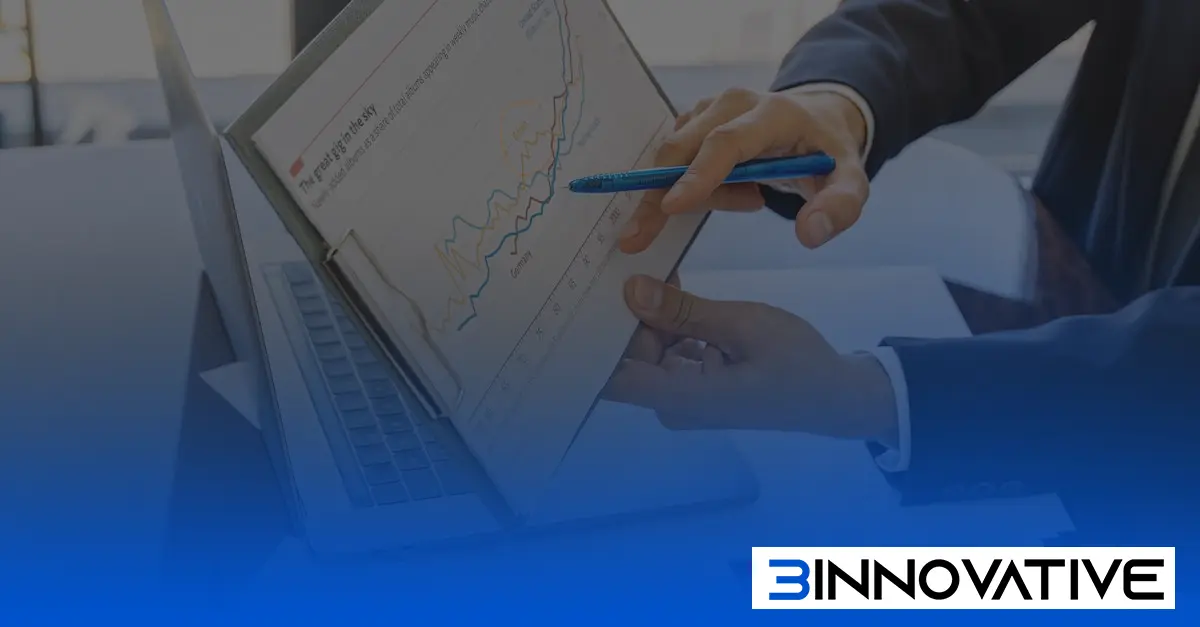How to Integrate Payment Gateways into Insurance Systems: A Complete Guide to External Data Integrations

How to Integrate Payment Gateways Insurance Systems: A Complete Guide to External Data Integrations
Estimated reading time: 9 minutes
Key Takeaways
- Modern insurers must integrate payment gateways to stay competitive and streamline billing operations.
- Connecting actuarial APIs, telematics, IoT, and partner platforms provides higher efficiency and better customer experiences.
- Embracing external data integrations enables real-time risk assessment and proactive claims prevention.
- Using API-based solutions reduces operational costs and significantly improves customer satisfaction.
Table of Contents
- The Growing Need for Third-Party Integrations in Insurance
- Integrating Payment Gateways for Insurance Operations
- Key Benefits of Payment Integration
- Implementation Considerations
- Leveraging Telematics Data Integration
- IoT Integration for Commercial Insurance
- Connecting Insurance Platform to Actuarial APIs
- FAQ
The Growing Need for Third-Party Integrations in Insurance
Modern insurers must align with customer expectations for fast digital services or risk losing market share. Exploring strategies like Digital Transformation in Insurance can streamline legacy systems and improve user experiences. External data integrations—connecting insurance platform to actuarial APIs and other specialized services—enable real-time data access, automated processes, and personalized customer experiences. Adopting such integrations provides significant advantages over competitors relying on older systems. For more insights, check out Legacy System Modernization Insurance: Challenges, Benefits, and Strategies for Insurers.
Integrating Payment Gateways for Insurance Operations
When you integrate payment gateways, insurance systems gain centralized transaction management and multiple secure payment options. This unified approach supports inbound premium collection and outbound claim settlements, creating an automated billing ecosystem. For advanced cloud solutions, see Insurance Portal Development Services: Revolutionizing Insurers with Cloud Solutions, API Integration, and Automation.
Key Benefits of Payment Integration
Unified Payment Platforms: Modern payment platforms integrate directly into insurance core systems, centralizing both inbound and outbound transactions. This eliminates the need for multiple disconnected systems. For more insights, check out 12 Insurance and Payments Trends Shaping 2025.
Multiple Secure Payment Methods: Integrated gateways support credit cards, debit cards, e-wallets, and regional payment methods. Learn more at Insurance Payment Processing.
Payment Orchestration: Advanced routing ensures optimal payment flow by automating settlement across locations and currencies. Discover more at Payment Orchestration in Insurance.
Reduced Operational Costs: Automated billing significantly lowers manual efforts and administrative overhead. Refer to Insurance Payment Processing for details.
Implementation Considerations
Security Compliance: Integrations must adhere to PCI DSS standards, including encryption and tokenization of sensitive data. See Payment Orchestration in Insurance for guidelines.
Fraud Prevention: AI-driven fraud detection tools analyze transaction patterns in real-time and flag potential issues. Learn more at Payment Orchestration in Insurance.
Payment Method Support: ACH transfers and region-specific methods broaden customer payment options. See Enabling Payments for the Digital-First Future.
Leveraging Telematics Data Integration
Telematics-based systems gather real-time driving behavior and vehicle data, shifting insurance pricing from demographic-based models to usage-based approaches. Such integrations reward safe driving, lower accident rates, and optimize premiums.
Benefits of Telematics Integration
Usage-Based Insurance Models: Pricing is determined by mileage and driving habits, rewarding safer drivers.
Proactive Risk Management: Real-time alerts let insurers address risky behavior before claims occur.
Accurate Risk Profiling: Actual driving data leads to fairer pricing and precise underwriting.
Safer Driving Habits: Policyholders often adjust behavior positively when monitored by telematics systems.
IoT Integration for Commercial Insurance
IoT devices transform commercial insurance by providing continuous monitoring of buildings and equipment. This enables proactive maintenance and a shift from reactive claims handling to real-time risk prevention.
IoT Integration Benefits
Real-Time Risk Monitoring: Round-the-clock sensor data identifies issues early, reducing claim frequency.
Proactive Risk Prevention: Alerts triggered by abnormal readings let insurers and clients address problems before losses occur.
Dynamic Policy Adjustments: Rates can be updated as conditions change, ensuring accurate pricing during the policy period.
Improved Underwriting Accuracy: Historical data from sensors helps insurers refine underwriting and minimize guesswork.
Connecting Insurance Platform to Actuarial APIs
When you connect insurance platform to actuarial APIs, you access specialized risk models and pricing algorithms without developing them in-house. This frees up resources and leverages industry-tested frameworks. For more on precision underwriting, see Insurance Risk Assessment Software: A Comprehensive Guide for Modern Insurers.
Actuarial API Integration Advantages
Advanced Risk Models: Access sophisticated computations grounded in extensive industry data.
Real-Time Data Flow: Seamlessly sync front-end quotes with back-end pricing algorithms for accurate policy issuance.
Streamlined Policy Updates: Automated adjustments when risk factors shift, ensuring real-time reflection of market changes.
Cost-Effective Risk Assessment: Offloading actuarial tasks reduces infrastructure and staffing expenses.
Up-to-Date Mortality Tables: APIs provide regularly updated demographic data vital for life and health insurers.
By integrating these advanced systems, insurers become more agile and responsive, meeting the demands of a rapidly evolving digital marketplace.
FAQ
Q1: What’s the biggest challenge in implementing payment gateway integration?
Ensuring compliance with PCI DSS standards and preventing fraud can be complex, making security the top concern for insurers during the integration process.
Q2: How do telematics-based insurance policies differ from traditional coverage?
They use actual driving data to price premiums, rewarding responsible drivers and providing more accurate risk assessments than demographic factors alone.
Q3: What are the top compliance concerns for insurers integrating payment systems?
Aside from PCI DSS compliance, insurers must handle customer data securely, use tokenization, and maintain rigorous fraud detection protocols.
Q4: Are IoT solutions beneficial for smaller commercial insurance clients?
Yes. Real-time monitoring and proactive risk management can reduce claims for businesses of all sizes, often leading to more favorable premiums and fewer incidents.